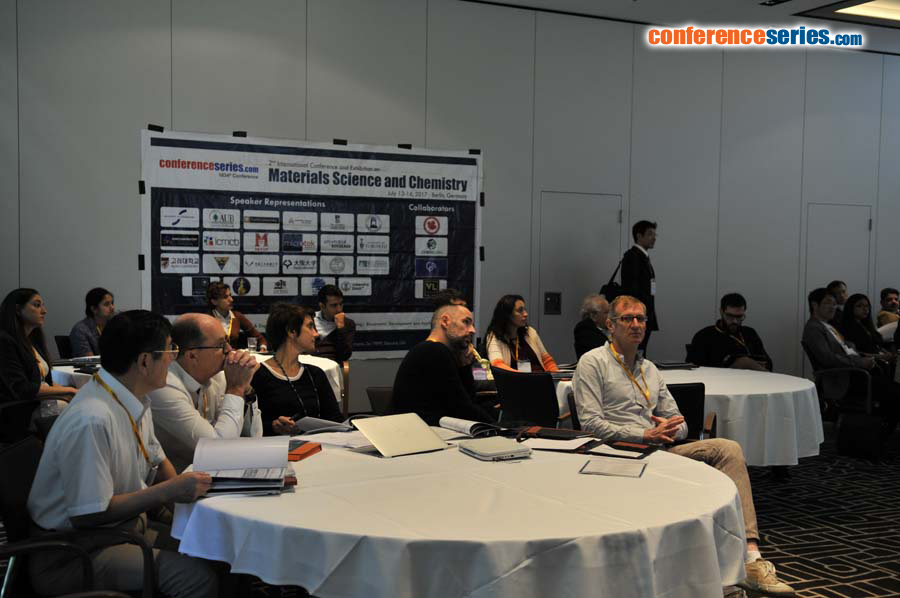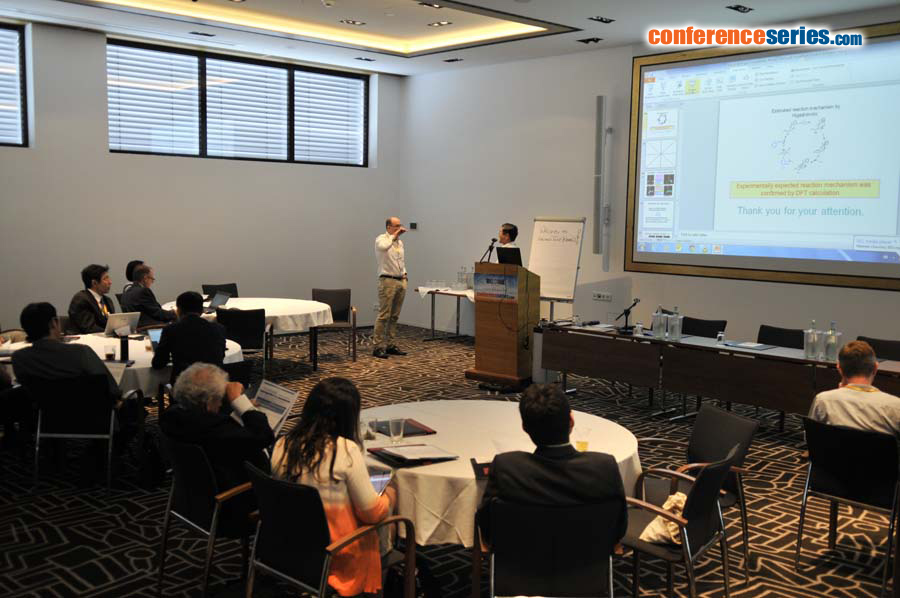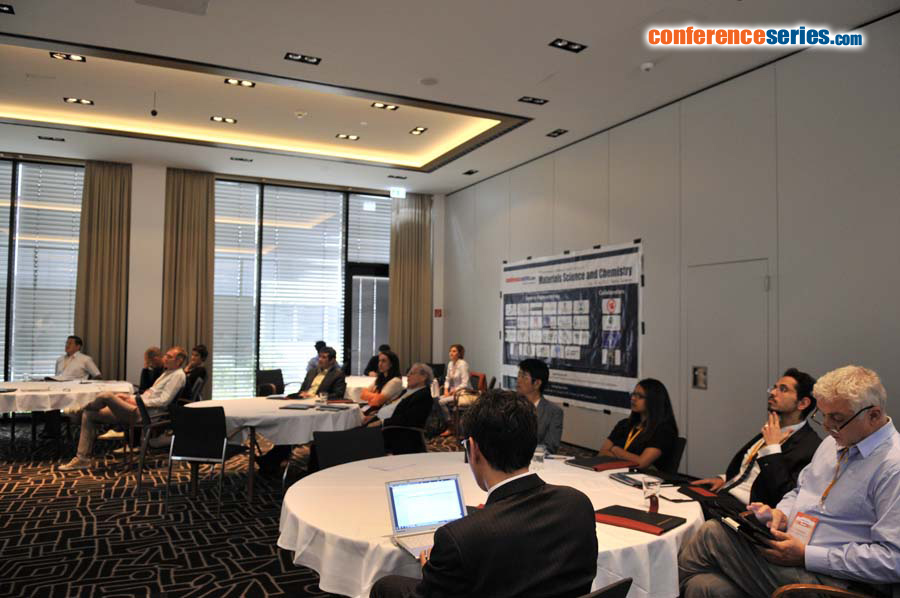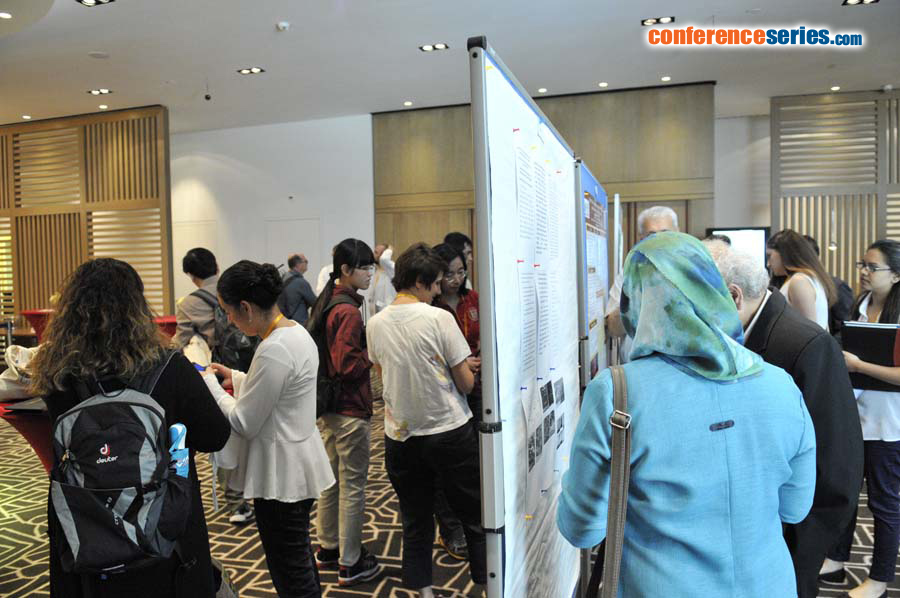
Biography
Biography: Reshma Karkera
Abstract
Statement of the Problem: Nano toxicology focuses on studying and scrutinizing the hazards of nano particles to both humans and environment. Due to the nano size of the nano particles they can translocate to various regions of the body causing deleterious effects. Innumerable studies on nano toxicity have proved the drastic effects on ecology and human health. The pace at which these engineered nano particles came into the market, the risk assessment for these nuances still lags behind. Hence, nano toxicity has been the pivotal reason for the emergence of a more bio-eco-friendly green mode of nano particle synthesis.
Purpose of this review: Green synthesis could be from bacteria, fungi (extracellular or intracellular) yeast, plant, or algae. Compared to the lungs and the gastro intestinal tract, human skin acts as the best barrier against passage of any foreign substances. A lot of studies on toxicity of the nano particles are documented, but very less is known about the unknown…“The Green Nano”.
A schematic study on the impact of accumulated biosynthesized gold nano particles on various organs of two Sprague Dawley rats indicated that lungs were affected and also showed a hypoglycemic effect1. Silver being one of the most used metal in medical fields for its nontoxic and antimicrobial property, toxicity studies done recently on the starch coated silver nano particle synthesized from Piper longum fruit on normal human lung fibroblast cells (IMR90) and human glioblastoma cells (U251) showed damages to mitochondria and increased production of reactive oxygen species (ROS)2. Similarly, phytotoxicity of nano silver particles was observed in cucumber and pansy plants only at a very high dose of 3200 ppm3. Research on the effect of biosynthesized silver nano particle on P. mungo seed very clearly indicated toxicity by a slight decrease in germination by percentage4.
Though so much of green chemistry is used all around us it becomes so pertinent that we should know the depth of greenness of these materials.
So thus, this paper is a review mainly focusing whether the nano particles synthesized from the various biological entities are toxic or not?
Conclusion: Though the fear of the unknown daunts everyone it should not deter the scientists drive to innovate.
References:





